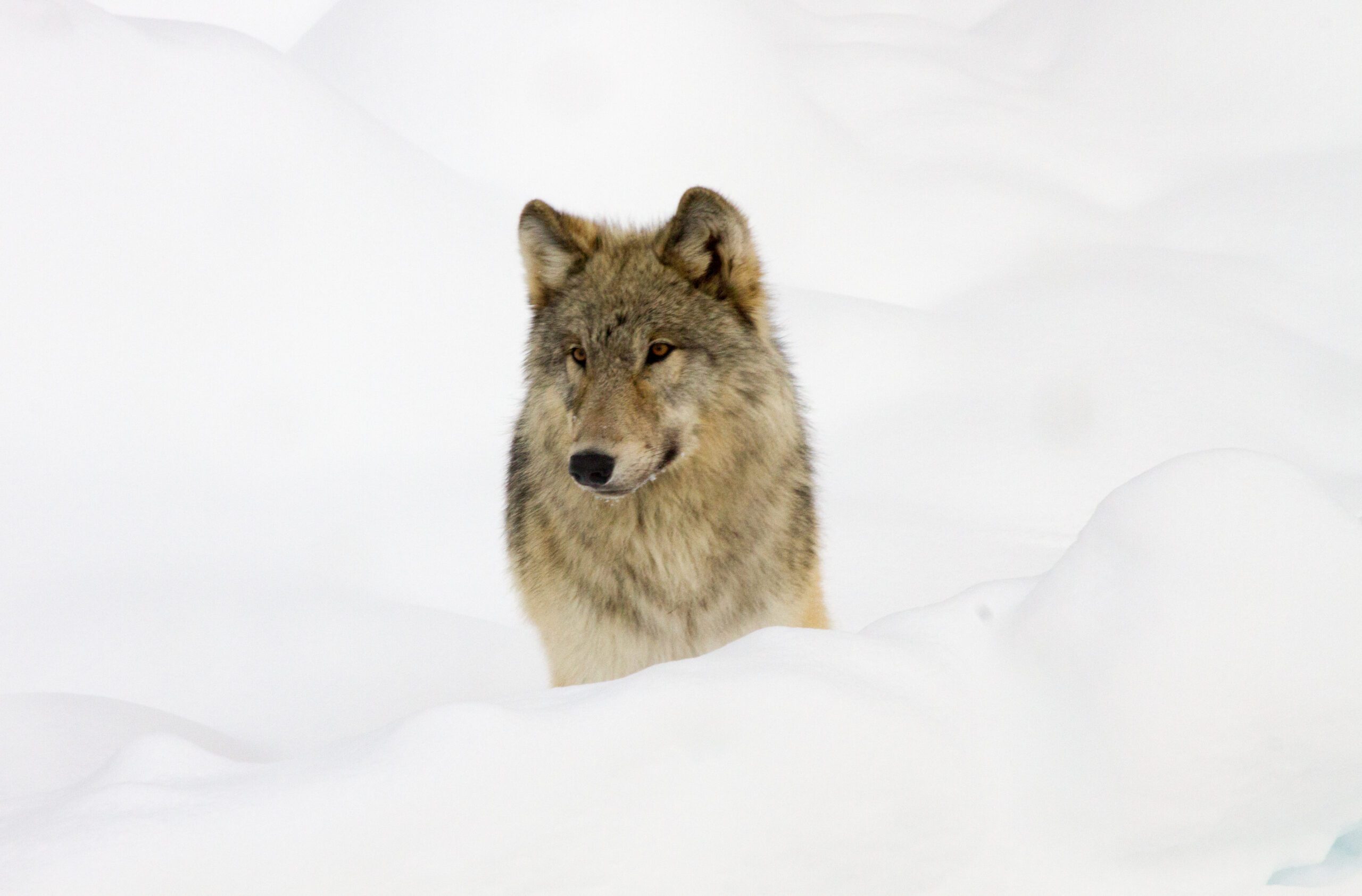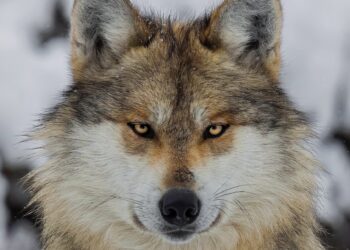By Benjamin Alva Polley EBS COLUMNIST
Managing wolves or any animal is a dicey subject.
Some people want wolves protected and kept on the Endangered Species List forever, and others would prefer them managed hard and kept in check ‘so they don’t eat all the elk’ and stay away from livestock. There might be a few people who are indifferent to the ways of wildlife, while others are against hunting and trapping altogether. Wildlife management agencies are often in the crosshairs for managing too hard or not protecting species enough. Limiting the number of animals taken in certain regions is no easy job, and establishing quotas on wolves is no different, especially outside Yellowstone National Park. Either way, we wouldn’t be in this predicament of managing species if there was enough habitat left for all animals and certain animals weren’t overharvested or hated.
In pre-settlement days, North America was teeming with a robust wildlife population. Lewis and Clark wrote in their journals about seeing millions of bison and regularly encountering grizzlies and wolves. There was no wildlife management agency managing predators to save ungulates. Wolf packs are territorial and usually self-regulate if their numbers grow too large. Habitat quality and quantity will also limit the number of animals in a population.
When European settlers arrived, wolves occupied most of North America. As settlers moved westward, wolf territory shrank, and wolves were extirpated from the East Coast to the Ohio River Valley by the 1880s. Gray wolves were pretty common throughout the Northwest until the 1900s. Wolves were prevalent throughout Montana when settlers arrived. Early fur trappers and explorers like Lewis and Clark encountered wolves regularly and jotted their sightings in journals. The first statewide bounty on wolves wasn’t set until 1884, when wolf eradication began. That first year, 5,450 wolves were collected. By 1936, they were mostly eradicated throughout the state, with the occasional dispersers coming down from Canada into the ‘50s and ‘60s. Still, those wolves were shot and killed whenever and wherever they were observed.
My recent column discusses wolves’ recolonization of Montana in the early 80s. Fortunately, they were protected by the Endangered Species List in 1973. Otherwise, they would never have made the successful comeback that they have now.
The U.S. Fish and Wildlife Service has managed wolves since they were listed as endangered. However, since Montana Fish, Wildlife and Parks began regulating wolves in 2009, it has been impossible to please everyone. That first year, hunters harvested 72 wolves.
Montana wolf quota
Montana Fish, Wildlife and Parks’ Wildlife Commission recently lowered wolf hunting quotas throughout the state, except in Region 3, bordering Yellowstone National Park. A quota is the number of wolves allowed to be harvested from a population through hunting or trapping per season. The FWP commission set the statewide hunting and trapping quota at 313 wolves for the 2023-24 season. This quota is lower than last year’s goal of 450 wolves but still aligns with the 2021 legislative goal of reducing the state’s wolf population by 40%. According to data gathered last year, there were 121 wolves killed by hunters and 137 by trappers. Their quota allows six wolves to be removed from the management unit neighboring Yellowstone.
Most comments opposing their targeted quota wanted them lowered to one or two wolves for the Region 3 area bordering Yellowstone. Last year, hunters killed 82 wolves in that region alone.
Is there any reason to hang on and maintain that quota around Yellowstone when all it does is anger people against Montana Fish, Wildlife and Parks?
Predator control should never be conducted without meeting several criteria—knowing the number of predators in the area before removal begins, knowing the carrying capacity of predators a given habitat can support, knowing the number of breeding pairs and keeping that number stable, identifying a maximum number of predators that will be removed, and having a plan in place for measuring the success of the removal program and public support or opposition to it.
According to FWP, the state estimates that the wolf population for 2022 was around 1,087. Trapping season usually starts the first Monday after Thanksgiving. The agency usually plans the date in hopes that grizzlies will be denning by then. But there is no exact date that grizzlies den because every bear is different, seasons differ, and it depends on the habitat, slope, and elevation where each bear is denning. They usually prefer north-facing slopes because they hold snow the longest and are usually the coldest. Some areas are warmer at that time of year, while other areas of the state are colder. Many variables affect when bears decide to hibernate for the year. Climate warming also causes grizzlies to den later and emerge earlier, which may cause conflicts with wolf trapping seasons. FWP usually assesses this information based on radio collar data and reported sightings to make this determination and will open or close wolf trapping accordingly.
Trapping and hunting wolves is a very controversial topic. Some people are for managing wolves, while others are against it. Either way, harvesting wolves outside a national park should have a lower quota, especially after they were hit so hard over the last few years. Wildlife managers should allow buffer zones around places that have been historical recovery zones.
Hopefully, the day will come when public opinion returns to the middle regarding wolves, the misguided hatred will fall to the wayside, and they will be treated like any other animal in the state.
Benjamin Alva Polley is a place-based storyteller with stories published in Outside, Adventure Journal, Popular Science, Field & Stream, Esquire, Sierra, Audubon, Earth Island Journal, Modern Huntsman, and other publications at his website www.benjaminpolley.com/stories. He holds a master’s in Environmental Science and Natural Resource Journalism from the University of Montana.














